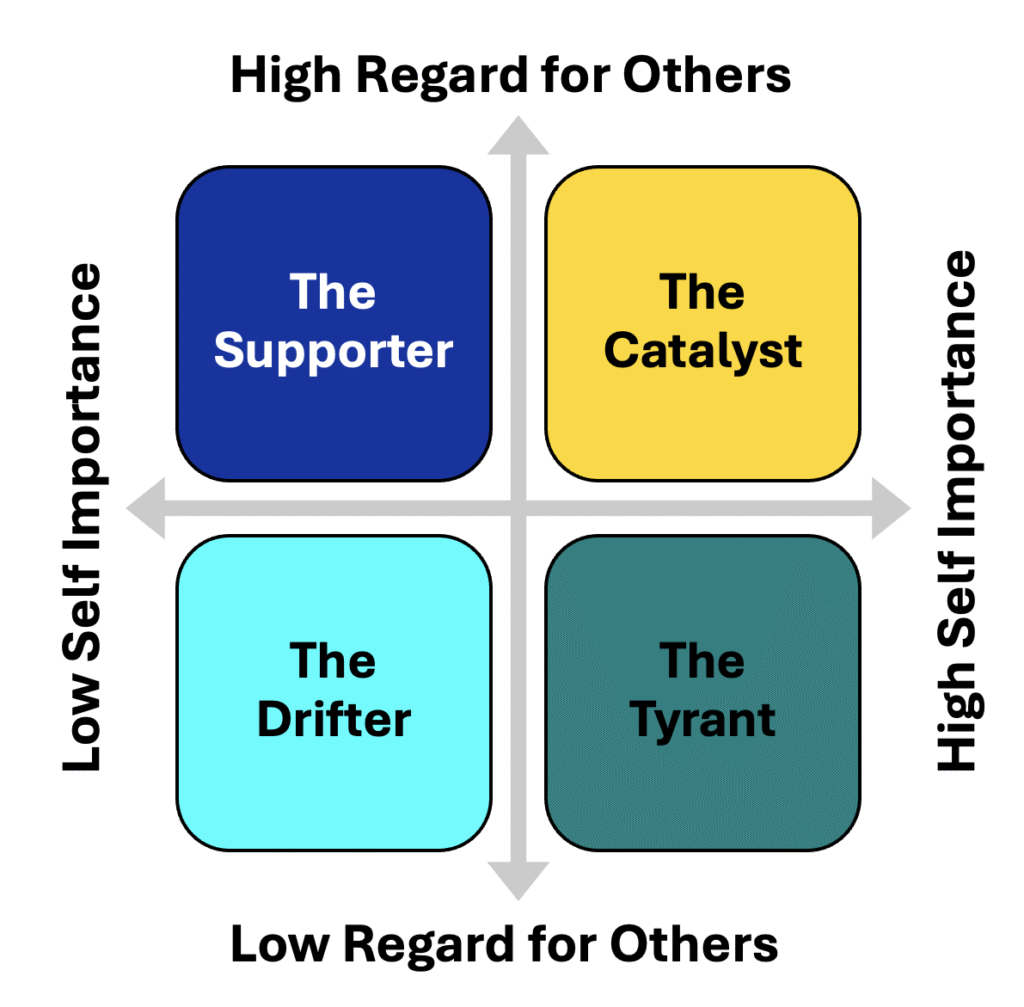
It’s a question many of us in leadership positions might shy away from, but it’s crucial to ask: “Am I the leader my team truly needs?” Leadership isn’t solely about hitting targets or achieving impressive results; it’s profoundly shaped by how others perceive you. And often, your level of self-awareness dictates whether you’re fostering an environment of growth or inadvertently alienating the very people you lead.
Consider a common scenario: a newly promoted manager, brimming with their newfound authority, enters a meeting. They might start barking orders, dismiss valuable input with a dismissive smirk, and leave the room with their team members exchanging confused glances, perhaps silently wondering, “Am I working for a jerk?” This informal, yet pointed, question—humorously immortalized in a classic movie scene—gets at a deeper truth: unchecked self-importance and a low regard for others can derail even the most capable and well-intentioned leaders.
Research consistently supports this idea. A 2018 study published in the Journal of Personality found that leaders who exhibited high levels of narcissism coupled with low empathy consistently scored poorly in areas of team trust and engagement. Conversely, leaders who managed to balance their confidence with a genuine sense of care for their team members were able to cultivate much stronger and more cohesive workplace cultures. For those of us involved in talent management and development, this is a significant revelation: self-awareness isn’t just a nice-to-have; it’s a critical component—a linchpin—for effective leadership.

To better understand these dynamics, imagine a simple yet powerful 2×2 matrix. We can plot leadership styles by crossing two key dimensions: Self-Importance (ranging from low to high) with Regard for Others (also ranging from low to high).
- The Drifter (Low Self-Importance, Low Regard for Others): These leaders are often disengaged and indifferent. They might not actively cause harm, but their lack of presence and engagement can quietly sap morale and enthusiasm from the team, leaving a void where leadership should be.
- The Supporter (Low Self-Importance, High Regard for Others): Humble and genuinely team-focused, Supporters excel at lifting others up and fostering a positive atmosphere. While invaluable for team cohesion, they might sometimes lack the assertiveness needed to drive bold initiatives or make tough decisions.
- The Tyrant (High Self-Importance, Low Regard for Others): This is the leader who is arrogant, dismissive, and often micro-managing. Their approach tends to crush collaboration, stifle innovation, and lead to high turnover as team members seek healthier work environments.
- The Catalyst (High Self-Importance, High Regard for Others): This is the ideal. Catalysts are confident in their abilities yet genuinely caring and empathetic towards their team. They inspire trust and drive results not through fear or intimidation, but by empowering their team and fostering a sense of shared purpose.
Each of these leadership patterns has a direct impact on team dynamics and organizational success. Talent teams frequently encounter all of them: the Tyrant can kill innovation and create a toxic culture, the Drifter can stall progress and lead to apathy, and while the Supporter is a valuable asset, they may need encouragement and development to step into more assertive leadership roles.

A perfect example of this unfolded at a fast-paced tech startup that was grappling with a high turnover rate. The root cause was identified as a senior Vice President, a classic “Tyrant” figure whose dismissive attitude was alienating talented employees. Through targeted coaching that shifted his focus towards developing greater empathy, the VP’s leadership style transformed. This change directly correlated with a significant reduction in attrition—a remarkable 30% decrease—demonstrating the profound impact of addressing these leadership blind spots.
This matrix offers a practical solution to a very real problem. It provides Learning & Development (L&D) teams with a clear framework to identify potential “derailers” within their leadership ranks and, more importantly, to strategically nurture and develop “Catalyst” leaders. By aligning individual impact with overall team success, organizations can foster environments where both people and performance thrive.
Pro Tip: Incorporate this 2×2 matrix into your next Leadership Development Training. Encourage participants to honestly self-assess which quadrant they believe they primarily operate within. This simple exercise can spark incredibly insightful discussions and lay the groundwork for significant personal and professional growth.